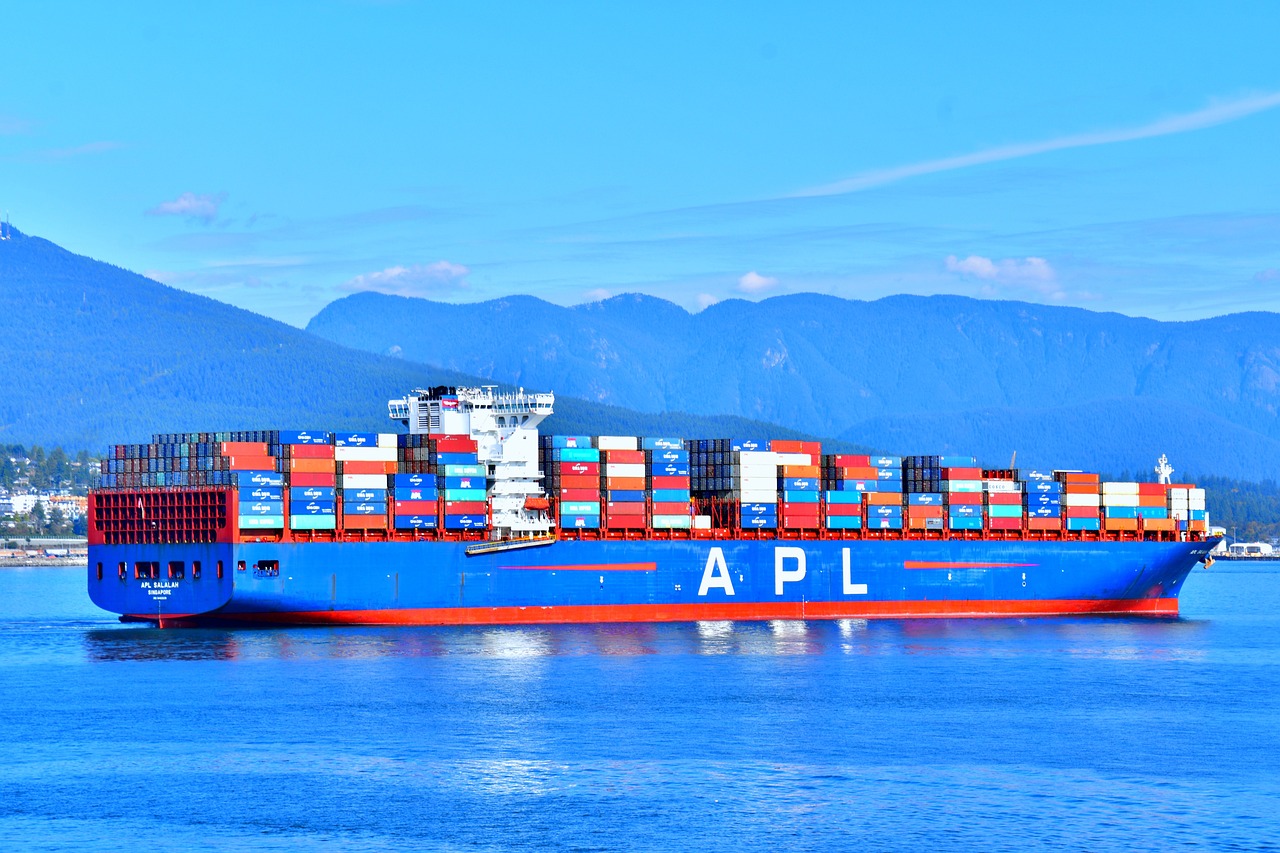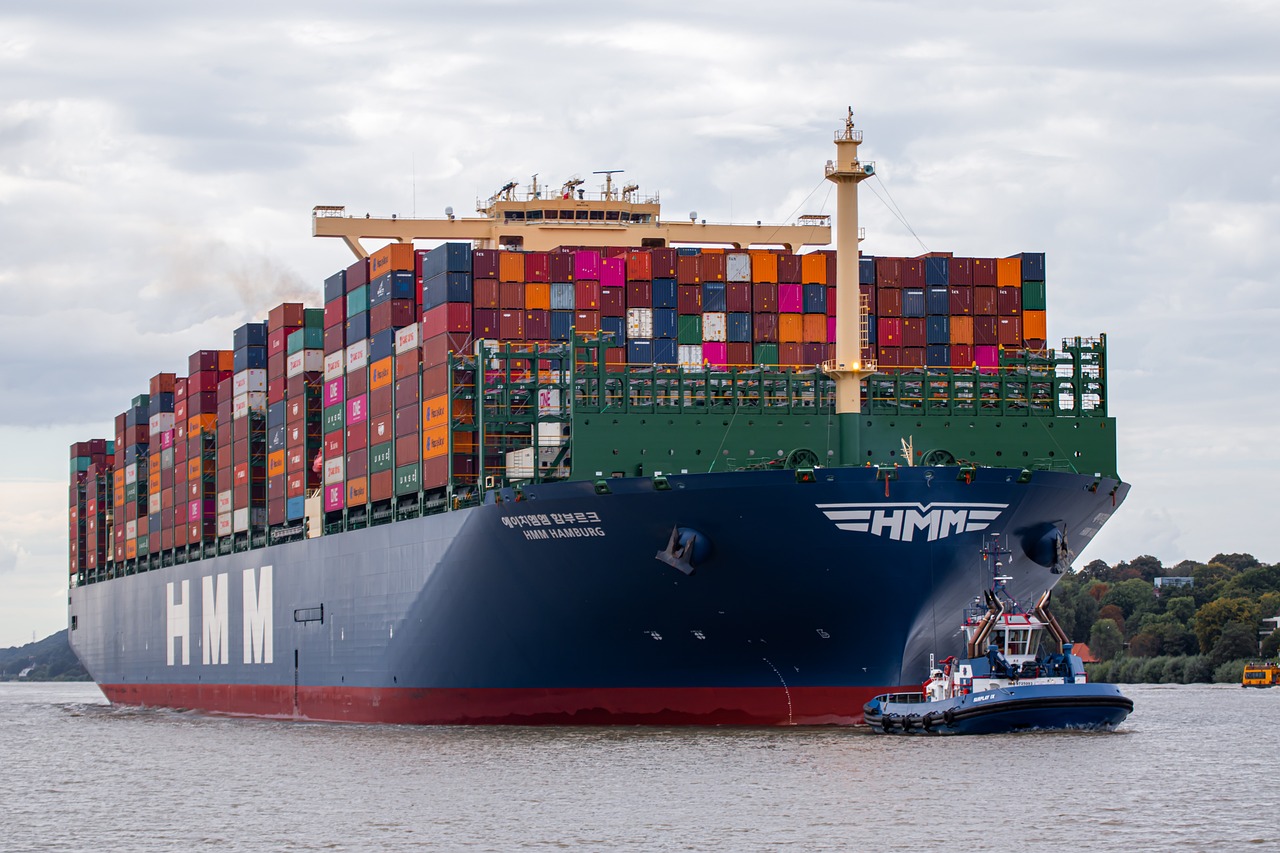Worldwide shipping must improve sustainability
Maritime transport represents around 80% of global freight transport and is responsible for almost 3% of CO2 emissions. Therefore, it improve its sustainability in order to strengthen global value chains and initiate an energy transition and a decarbonisation process, since failure to do so can generate a new logistics crisis in the future. This was stated by the associate official for Economic Affairs of the Trade and Integration Infrastructure and Logistics Unit of the Economic Commission for Latin America and the Caribbean (Cepal), Diogo Aita, during his presentation at the VII Logistics Forum, an event organized by the Exporters Association (ADEX).
Aita explained that around 40% of maritime cargo is made up of fossil fuels, so the energy transition will alter the demand for maritime transport, the types and sizes of ships, and the fuels used by ports and ships. “This, in turn, is connected to a deglobalisation trend, a situation in which we must be vigilant. Let us also remember that the transport sector in general represents 23% of global CO2 emissions related to energy. If the world sticks to its current policy, the emissions associated with charging activities will continue to grow,” he said.
In this sense, Aita pointed out the need to give greater emphasis to supply chains and national security, especially in a situation where relocation is not yet entirely feasible. “The deteriorating geopolitical environment further exposed the risk associated with heavy reliance on one or a few suppliers of food, energy or parts and components for strategic manufacturing,” he added.
Given the current situation, Diogo Aita said that, unlike other continents and except for North America, the rest of the American region is divided into 3 large groups that are quite heterogeneous despite their proximity: Mexico-Central America, the Caribbean and South America. “Mexico and Central America maintain important links with the US, Mexico and Costa Rica are part of the North American value chains through the trade of electronic products, medical equipment and vehicle production, among others. Instead, South American countries are more connected to China and Asia Pacific than to each other, being among the main suppliers of raw materials,” he said.
Although the dependence on large markets such as China poses a great risk for South American exporters in moments of sudden disruptions such as conflicts or breaks in supply chains, a strategy that promotes a new hemispheric regionalism in which nearshoring is feasible in the countries of Latin America and the Caribbean (LAC) with different nations.
“Space can be opened up for new investments throughout the hemisphere in strategic sectors in which some markets in the region have comparative advantages, and which for now are more connected with China and Asia. LAC must invest in new technologies in its production processes in order to take advantage of its capabilities in the deglobalisation process, and add value in raw materials,” he concluded.





